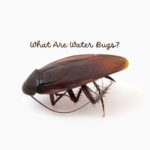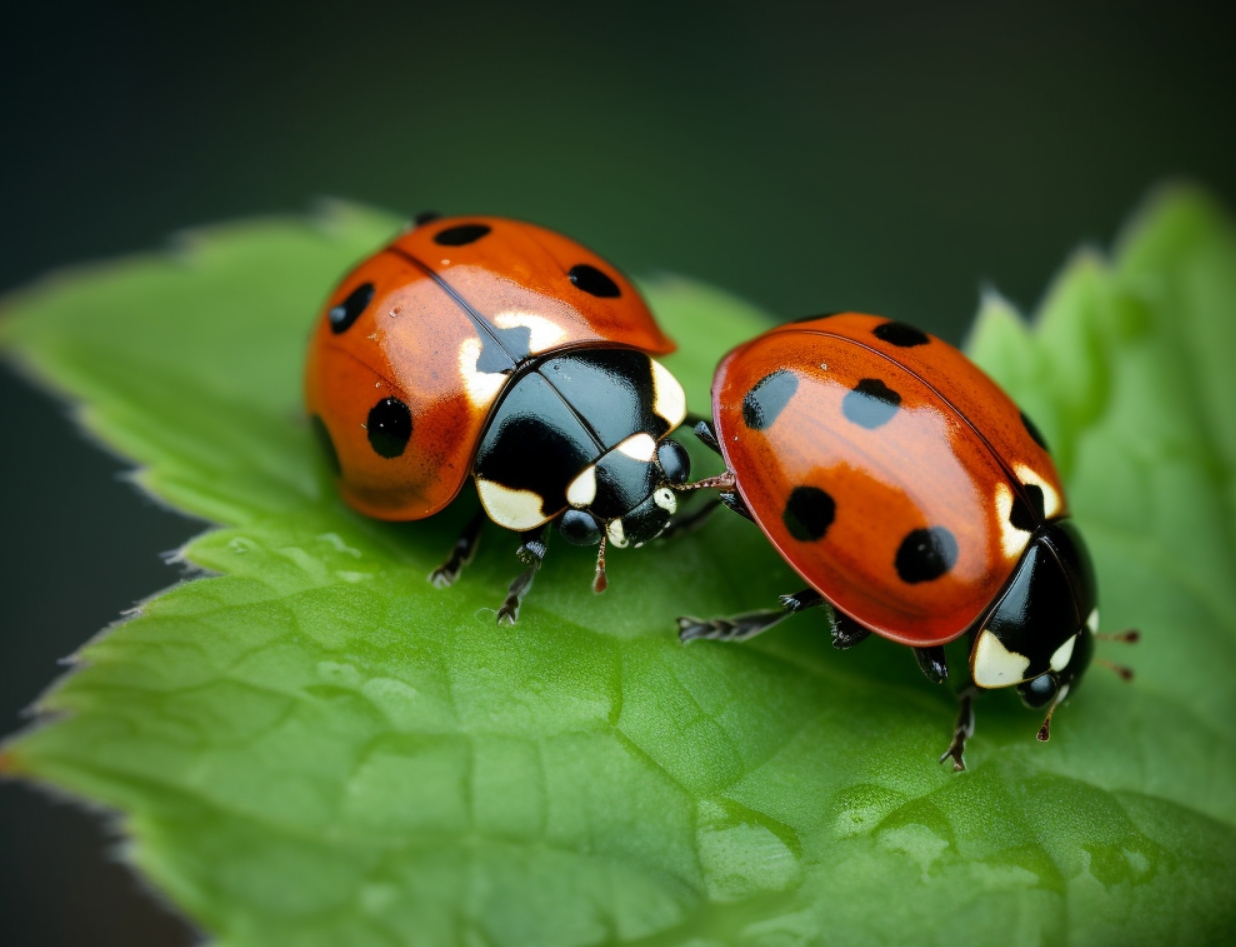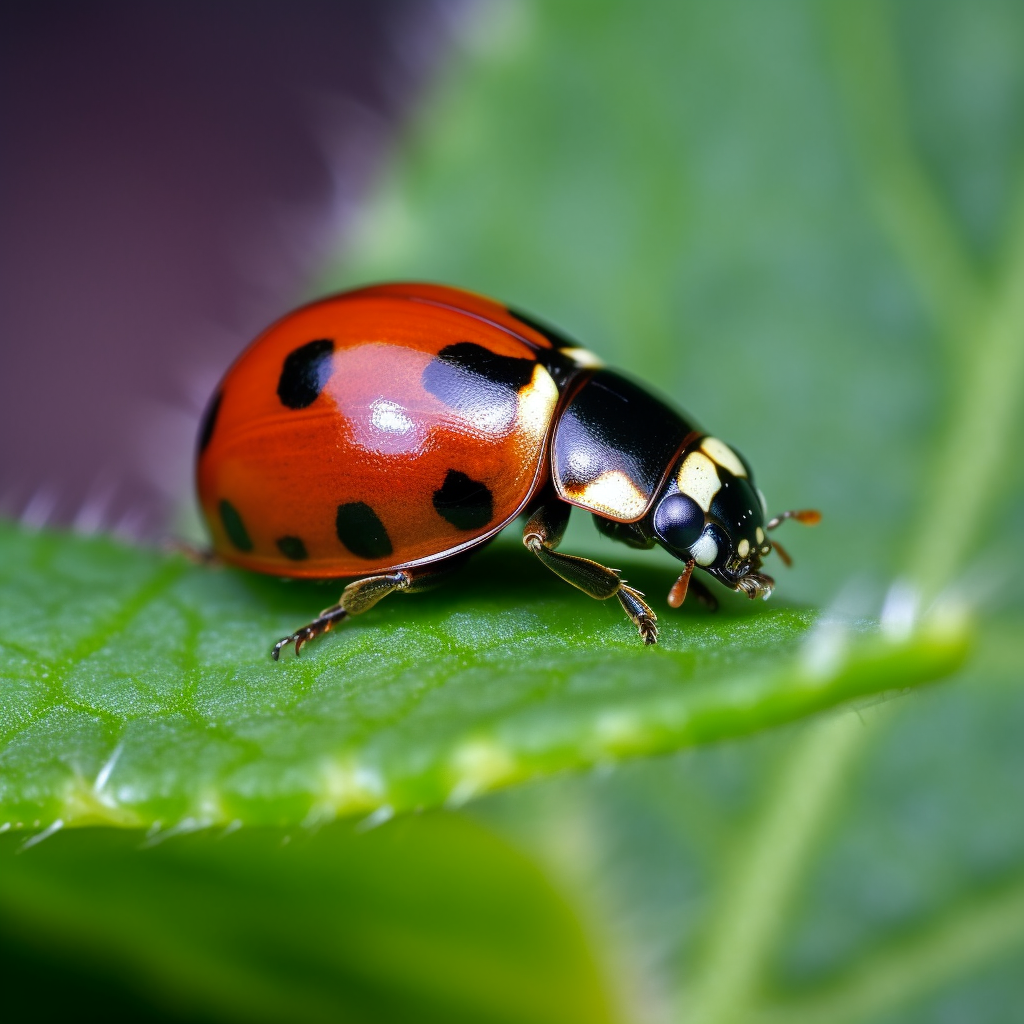Ladybugs are known for their striking red and black appearance, as well as their role as beneficial insects in our gardens. But, do ladybugs eat ants? In this comprehensive 2,000-word guide, we’ll dive into the fascinating world of ladybugs and ants, exploring their diets and interactions.
Ladybugs: An Introduction
Contents
Before we delve into whether or not ladybugs eat ants, let’s first get to know these colorful creatures. Ladybugs, also known as ladybirds or lady beetles, belong to the family Coccinellidae. They are small, oval-shaped beetles with a distinctive red or orange shell and black spots. There are about 5,000 species of ladybugs worldwide, and they’re often considered a gardener’s best friend due to their appetite for plant-eating pests like aphids and scale insects.
To learn more about ladybugs, check out Best Pest World’s guide to ladybugs.
Ants: A Brief Overview
Ants are social insects belonging to the family Formicidae. There are over 12,000 known species of ants worldwide, making them one of the most diverse and abundant insect groups. Ants can be found in various habitats, from forests to deserts, and have a wide range of diets, including plant material, insects, and even other ants.
To find out more about ants, their habits, and lifecycle, visit Best Pest World’s ants section.
Do Ladybugs Eat Ants? The Answer
Now that we have a basic understanding of both ladybugs and ants let’s answer the main question: Do ladybugs eat ants? The short answer is, generally, no. Ladybugs primarily feed on soft-bodied insects like aphids, scale insects, and mealybugs. These pests are harmful to plants, and ladybugs help control their populations naturally. While it is not impossible for a ladybug to eat an ant, it is not a common part of their diet.
However, there are some interesting interactions between ladybugs and ants that we’ll explore further below.
The Ladybug-Aphid-Ant Connection
One of the fascinating relationships in the insect world is the connection between ladybugs, aphids, and ants. Aphids are small, soft-bodied insects that feed on plant sap, causing damage to plants in the process. They excrete a sweet substance called honeydew, which ants love to eat. As a result, ants tend to “farm” aphids, protecting them from predators like ladybugs and transporting them to new plants.
In some cases, ladybugs may come into direct contact with ants while hunting for aphids. This interaction can result in conflict, with ants defending their aphid “cattle” against the ladybug predators. However, despite their small size, ladybugs are quite tough and can often fend off ants with their hard shells and defensive chemicals.
The Exceptions: Ladybugs That Eat Ants
While most ladybugs do not eat ants, there are a few exceptions. Some species of ladybugs, particularly those in the genus Stethorus, are known to eat ants. These ladybugs are much smaller and less colorful than their more familiar counterparts, making them less recognizable as ladybugs.
However, ant-eating ladybugs are relatively rare compared to the vast majority of species that feed on other soft-bodied insects. For the most part, ladybugs and ants coexist without directly preying on each other.
The Benefits of Ladybugs in Your Garden
Even though ladybugs don’t typically eat ants, they still play a crucial role in maintaining the health of your garden. By preying on pests like aphids, they help keep plant-damaging insects under control, reducing the need for harmful pesticides. Here are some of the benefits of having ladybugs in your garden:
- Natural pest control: Ladybugs are voracious eaters of aphids, scale insects, and mealybugs. They can consume up to 5,000 aphids in their lifetime, making them an essential ally in managing pest populations.
- Pollination: While not their primary role, ladybugs can also aid in pollination by moving from flower to flower while searching for food.
- Eco-friendly solution: By relying on ladybugs for pest control, you can reduce or eliminate the need for chemical pesticides, which can be harmful to the environment, humans, and other beneficial insects.
Attracting Ladybugs to Your Garden
If you want to encourage ladybugs to visit your garden and help with pest control, there are several steps you can take:
- Plant flowers: Ladybugs are attracted to flowering plants, particularly those with small, clustered flowers like dill, fennel, and yarrow. Planting these in your garden can help draw ladybugs in and keep them around.
- Limit pesticide use: Chemical pesticides can kill not only pests but also beneficial insects like ladybugs. By avoiding or minimizing pesticide use, you can create a more welcoming environment for ladybugs.
- Provide a water source: Just like any other living creature, ladybugs need water to survive. Providing a shallow dish or bowl with water can help ensure they have a place to drink.
Managing Ant Populations in Your Garden
While ladybugs might not eat ants, there are still ways to manage ant populations in your garden if they become a problem. Here are a few strategies to consider:
- Keep your garden clean: Ants are attracted to food sources like rotting fruit, so regularly cleaning up fallen fruit and debris can help reduce their presence.
- Use natural repellents: Certain plants, like peppermint, lavender, and tansy, are known to repel ants. Planting these around your garden can help keep ants at bay.
- Block their paths: Ants often follow specific trails to reach food sources. By disrupting these trails with barriers like diatomaceous earth or a line of chalk, you can make it more difficult for ants to access your garden.
Conclusion
In conclusion, ladybugs generally do not eat ants. They primarily prey on soft-bodied insects like aphids, scale insects, and mealybugs, which are harmful to plants. While there are a few exceptions to this rule, most ladybugs and ants coexist without directly preying on each other. However, ladybugs can still be an essential ally in your garden, helping to keep pest populations under control and reducing the need for chemical pesticides.
FAQ
In this section, we’ll address some common questions related to ladybugs, ants, and their diets.
Will ants kill ladybugs?
While ants may defend their aphid “cattle” against ladybug predators, it is generally not their primary goal to kill ladybugs. Ants and ladybugs can sometimes engage in conflict due to their competing interests, but ladybugs are quite tough and can often fend off ants with their hard shells and defensive chemicals. However, ants can pose a threat to ladybug larvae, which are more vulnerable than adult ladybugs.
What are 5 things ladybugs eat?
Ladybugs are primarily known for their appetite for soft-bodied insects that are harmful to plants. Here are five common items in their diet:
- Aphids
- Scale insects
- Mealybugs
- Spider mites
- Whiteflies
While these make up the majority of a ladybug’s diet, some species of ladybugs may also consume pollen and nectar, particularly when their preferred prey is scarce.
What do ladybugs eat?
Ladybugs primarily eat soft-bodied insects that are harmful to plants, such as aphids, scale insects, and mealybugs. They are voracious predators and can consume large numbers of these pests, making them valuable allies for gardeners in controlling pest populations.
What insects eat ants?
There are several insects and other arthropods that prey on ants, including:
- Other ants: Some species of ants, like army ants and driver ants, are known to prey on other ant species.
- Spiders: Many spiders, such as jumping spiders, will eat ants if they can catch them.
- Assassin bugs: These predatory insects use their long, sharp mouthparts to pierce and feed on their prey, including ants.
- Antlions: The larvae of antlions, also known as doodlebugs, are famous for their funnel-shaped traps in the sand, where they catch and consume ants.
- Some ladybug species: While not common, a few species of ladybugs, particularly those in the genus Stethorus, are known to eat ants.
These predators help keep ant populations in check and maintain balance in ecosystems where ants are present.


